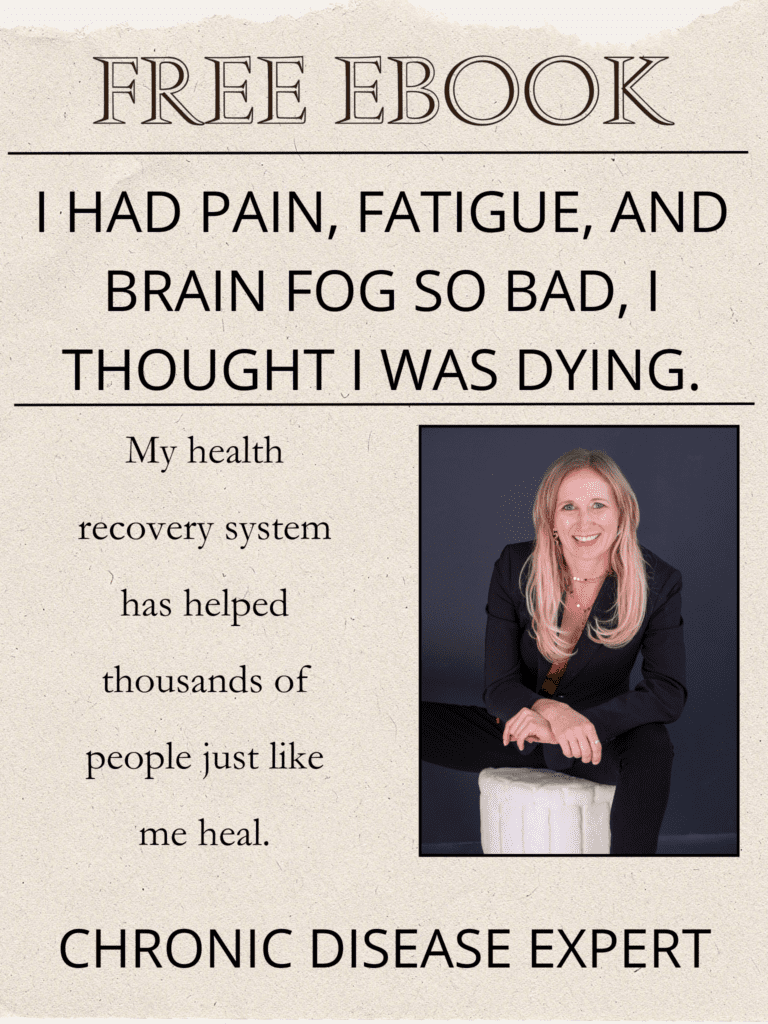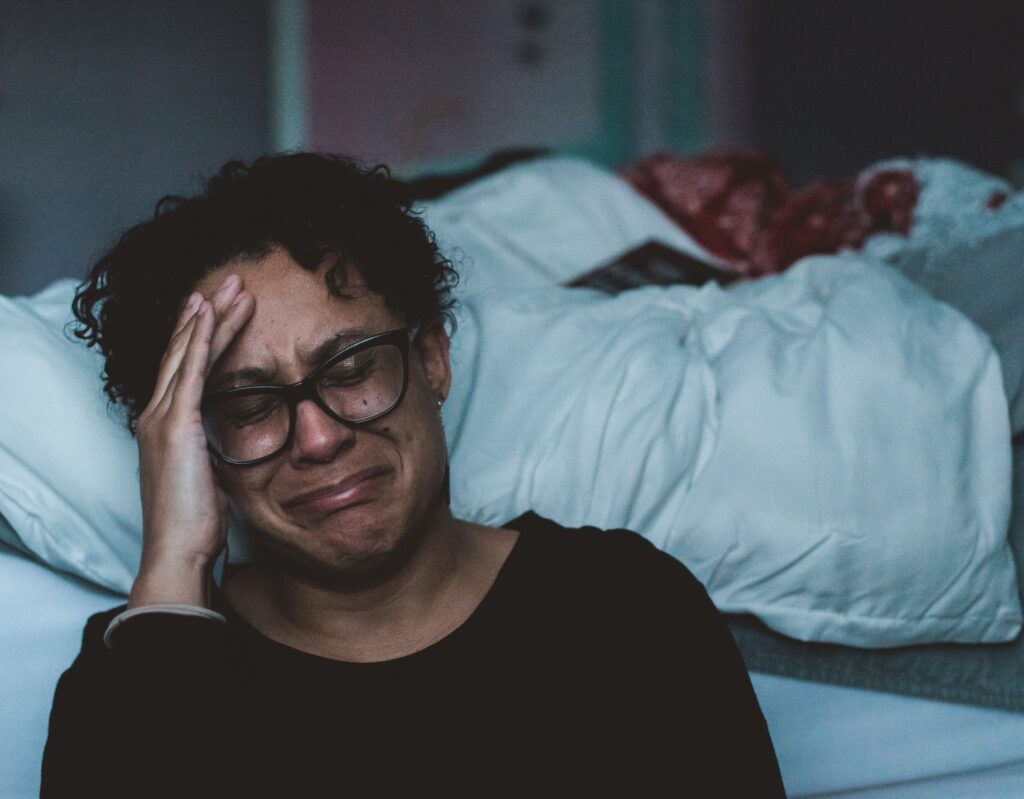
Can Mold Cause Illness was Written by Dr. Diane Mueller
Mold is one of the causes of chronic inflammatory response syndrome.
Chronic Inflammatory Response Syndrome (CIRS), also known as biotoxin illness, is a condition characterized by a range of symptoms associated with prolonged exposure to toxins produced by microorganisms. One of the illnesses related to CIRS is mold illness, which mainly occurs due to exposure to mycotoxins released by fungi found in water-damaged buildings.

Genetics and Mold Illness Symptoms
About 25% of the population may be genetically susceptible to developing an autoimmune response to exposure to mycotoxins. This susceptibility is due to the increased activity of the Human Leukocyte Antigen-antigen D Related (HLA-DR) that determines disease susceptibility and resistance in hosts. Increased activity of HLA-DR results in a higher susceptibility to new exposure and tissue/blood inflammation. Inflammation resulting from CIRS and mycotoxins can cause the following symptoms:
We have helped thousands of people restore their health and quality of life by diagnosing and treating their root causes.
Symptoms of Mold Illness
If one family member has been found to be exposed to mold, it is important to seek medical help for them and also eliminate the mold from the building. The first step is to identify the source of the mold exposure using an Environmental Relative Mold Index (ERMI) test, which analyzes a sample of dust from the home. If the home tests positive for mycotoxins, there are several steps to take in order to get rid of them:
To prevent mold exposure in the home, take the following measures:
For those with mold illness and elevated mycotoxins, treatment options include natural remedies such as glutathione, Omega-3 fats, and extracts from artichoke leaves, as well as prescription drugs like Cholestyramine or Welchol that bind to mycotoxins. LDN can be used to lower inflammation. Other products such as activated charcoal, chitosan, chlorella, clay, and other remedies can also be used to bind to the mycotoxins.
We know mold causes illness, especially those who are genetically susceptible. It is important to consult with a skilled functional medicine doctor to determine the best course of action for treating mold-related issues.
References:
We have helped thousands of
people restore their health
and quality of life by diagnosing
and treating their Lyme Disease.
“Dr. Mueller’s approach to medicine is refreshing! There is only so much you can do with western medicine and in my life I was needing a new approach. By addressing the whole body, nutritional diet factors, environmental factors, blood work, and incorporating ideas I had not previously known, I was able to break through with my conditions. I am not only experiencing less pain in my life, but through the process of healing guided by Dr. Diane Mueller, I am now happy to say I have more consciousness surrounding how I eat, what to eat and when things are appropriate. Living by example Dr. Mueller has a vibrancy that makes you want to learn and know more about your body and overall health. I highly recommend her to anyone looking for new answers, a new approach to health, or in need of freedom from pain and limitations.”
-Storie S.
Kihei, HI
We have helped thousands of people restore their health and quality of life by diagnosing and treating their Mold Illness, Lyme Disease and other root causes.
